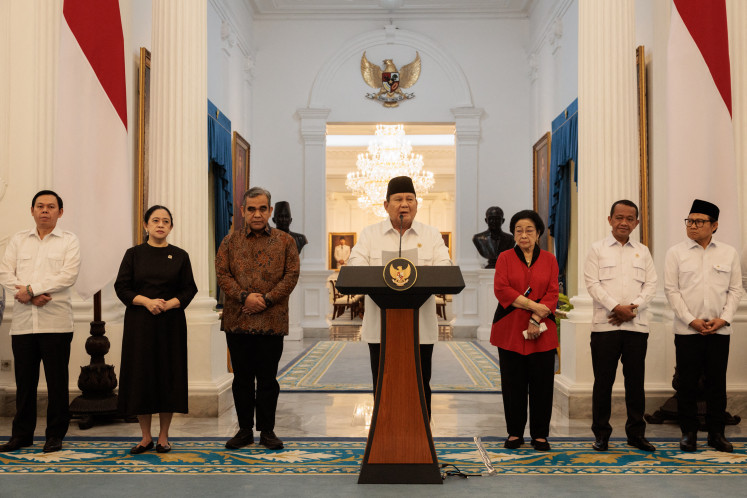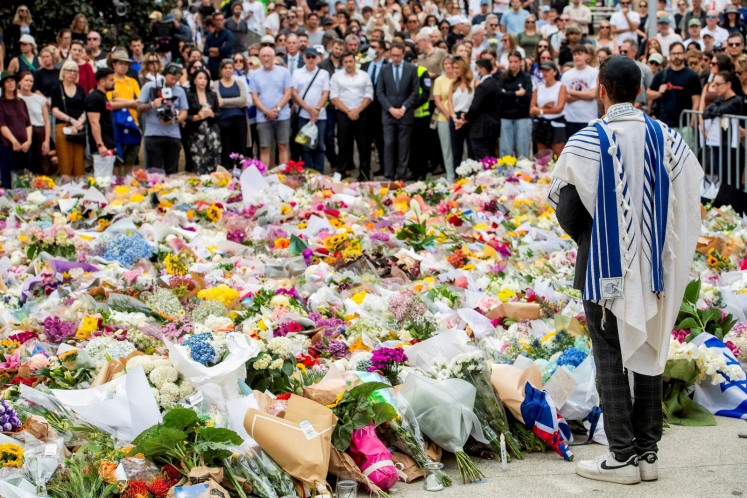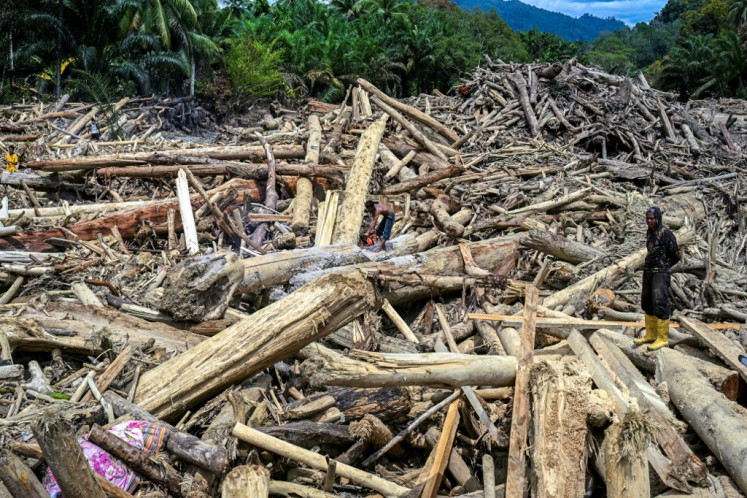Popular Reads
Top Results
Can't find what you're looking for?
View all search resultsPopular Reads
Top Results
Can't find what you're looking for?
View all search resultsFuel subsidies morally indefensible even after price hikes
It has always been the case that the rich get more than the poor out of the government’s fuel subsidies.
Change text size
Gift Premium Articles
to Anyone
I
n the run-up to Saturday’s announcement that the price of major subsidized fuel brands would increase, the government made a compelling argument that the huge sum it was spending to keep gasoline cheap was morally indefensible because the lion’s share of the money went to people who drove cars.
Simply put, the bigger the vehicle you drive, the more of the subsidy you enjoy. Those who don’t drive at all don’t get any direct benefit, except from the use of public transportation, and those who ride motorcycles only get a fraction of what the rich enjoy.
You cannot have a more powerful argument than this in raising gasoline prices. The moral argument against this gross inequality should trump whatever political and economic arguments you can come up with in defense of keeping their prices low.
Finance Minister Sri Mulyani Indrawati disclosed that Rp 502 trillion (US$34 billion) of government money had been spent on fuel subsidies so far this year, most of it going to people who needed it least. She went public with this staggering figure as government ministers debated internally about the size of the price increase.
When announcing the price hikes, President Joko “Jokowi” Widodo said that as much as 70 percent of the subsidy for Pertalite, the most widely used type of gasoline, was going to the middle class.
The hikes did not go far enough to phase out the subsidy, and the government will have to continue pumping money in the program, and yes, the lion’s share of the money is still going to the wealthy. Nothing has changed, except the scale.
The difference today is that the government has stopped talking about it, as if the inequalities and immorality of the program have been fixed.
They have not. The issues remain, waiting to be brought up again next time world oil prices soar, either by this president or whoever takes over in 2024.
Déjà vu. This line of argument has been used by every president since Soeharto in situations where the gap with world oil prices had widened to such an extent that the burden of the subsidies threatened the government’s finances and had to be relieved.
By exposing the immorality of the subsidies, the government has tried to deflect some of the public anger directed at its decision. The rich make a convenient scapegoat when there is an economic crisis, even when the real problem is with the government’s policy of keeping gasoline cheap.
Students stubbornly refuse to buy this moral argument. When they came out to protest, they demanded that the government lower the fuel prices. Never mind the inequality.
Nothing that Sri Mulyani revealed about the fuel subsidy costs is new. It has always been the case that the rich get more than the poor out of the arrangement. The difference this time is that the size of the subsidy, which is simply huge, has become indefensible, both economically and politically.
The government’s decision to take some of the fuel subsidy money and give it to the poor in the form of social assistance is not a novelty. President Susilo Bambang Yudhoyono enacted a similar round of direct cash assistance to help protect the poor from the impact of fuel price hikes, particularly from the inflationary effects of the increase.
President Jokowi has promised to give out more, introducing or reviving various aid schemes. The hikes in fuel prices will impact the poor the most through their inflationary effect, even though the poor don’t buy or use as much fuel as the rich. With the coming economic hardships, the poor deserve to get as much help as they can from the government.
But make no mistake that as long as the subsidy is still there, the government is not taking money from the rich and giving it to the poor. It’s rather that the government is giving money to the poor and the rich at the same time.
But while the social assistance programs are mostly short-term, the fuel subsidies seem almost permanent. No wonder the problem persists.
***
The writer is a senior editor at The Jakarta Post.











